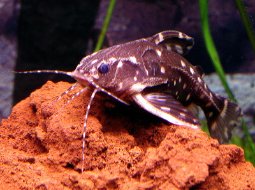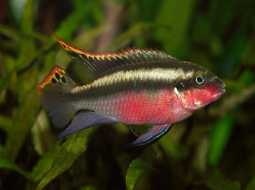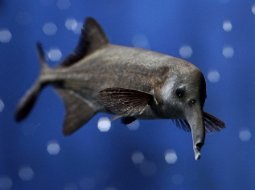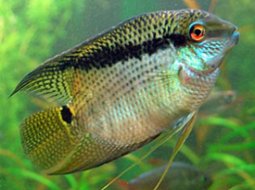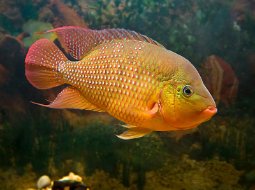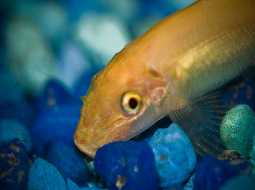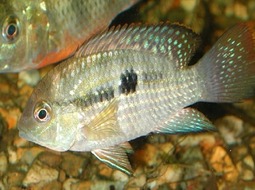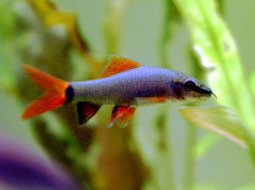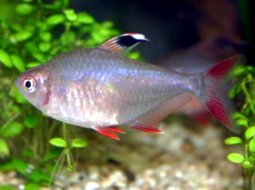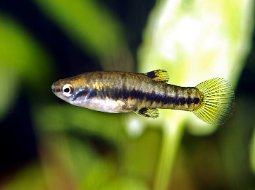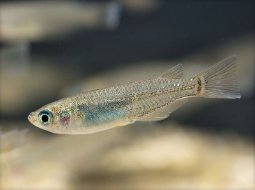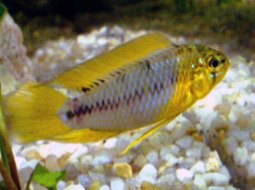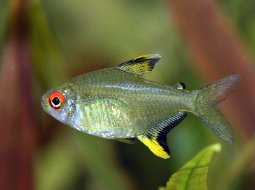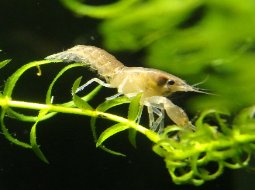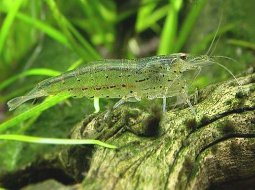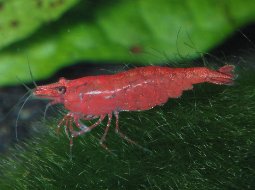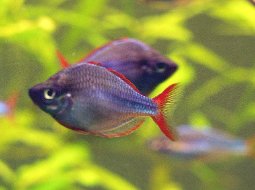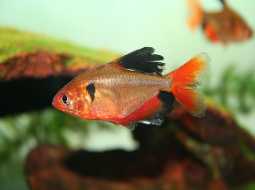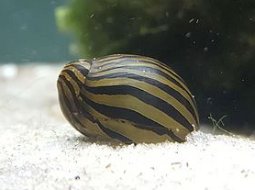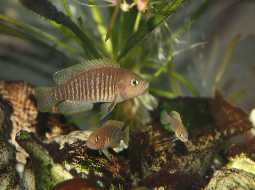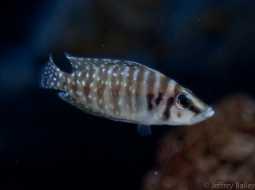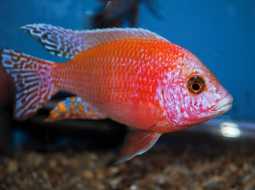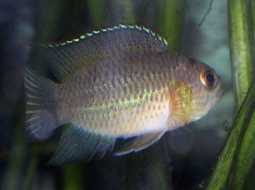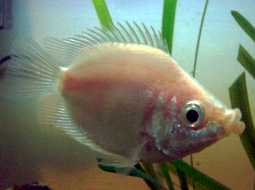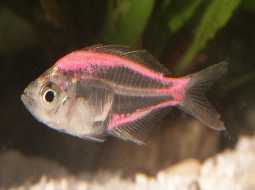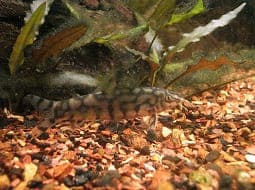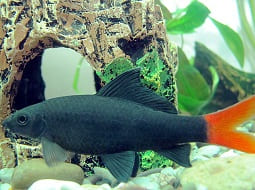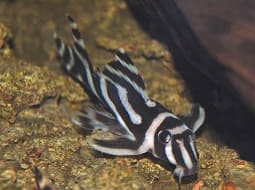
Loading Aqualapp ...
Care and Compatibility of Firemouth Cichlid - Cichlasoma meeki
Introduction
The Cichlasoma meeki, also known as Firemouth Cichlid or Flag Cichlid, is a species of cichlid native to Mexico and Central America. It is characterized by its vibrant coloration and vertical banding pattern on the body. Males are usually larger and display more intense colors than females. They are territorial and aggressive fish, so it is recommended to keep them in sufficiently large aquariums to allow them to establish their territory. They require hiding places and structures in the aquarium, such as caves and rocks, to create sheltered areas for refuge and reproduction. In terms of feeding, they are omnivorous and accept a variety of foods, including pellets, flakes, live, and frozen foods. During reproduction, they form monogamous pairs and actively defend their territory and egg clutch. The fry are typically cared for by both parents until they are large enough to fend for themselves.
Behavior
The Cichlasoma meeki is a territorial and aggressive fish, especially during the breeding season. Males typically display more intense colors and exhibit courtship behaviors to attract females. They are active swimmers and can be quite fast in the aquarium. It is recommended to keep them in sufficiently large aquariums to allow them to establish their territory and reduce aggression towards other fish. Providing hiding places and structures is also important to create sheltered areas. Maintaining good water quality and performing regular water changes are key factors for their well-being.
Sexual Dimorphism
Sexual dimorphism in Cichlasoma meeki is evident. Males are typically larger and have more intense colors, especially during breeding season. Females tend to be smaller and have less striking colors.
Reproduction
Reproduction in Cichlasoma meeki is oviparous. They form monogamous pairs and actively defend their territory and egg clutch. The male and female clean a flat surface, such as a rock or a large leaf, to deposit the eggs. Both parents care for and protect the eggs by fanning and removing debris to maintain good oxygenation. After hatching, the fry remain in the spawning area and are protected and cared for by both parents. As they grow, the parents guide and teach them to search for food. Providing hiding places and structures in the aquarium allows the fry to find shelter and grow safely.
Aquarium Conditions
Cichlasoma meeki, also known as Firemouth Cichlid, is a species of cichlid that requires a spacious aquarium with rocks, driftwood, and open swimming areas. It prefers slightly alkaline water and warm temperature. Aquarium décor should provide enough structure and hiding places. Maintaining water quality is important and providing a varied diet.
Feeding
The Cichlasoma meeki is an omnivorous fish that accepts a variety of foods. Commercial foods in the form of pellets or flakes can be provided, ensuring a balanced diet. Live or frozen foods such as brine shrimp, daphnia, and mosquito larvae can also be included as supplements. It is important to avoid overfeeding and maintain good water quality to ensure their health and well-being.
Complexity
Caring for Cichlasoma meeki can be moderately challenging. They are territorial fish and can be aggressive towards other fish, especially during breeding and territory defense. It's recommended to keep them in pairs or large groups to distribute aggression. They require a balanced diet and regular aquarium maintenance.
In case you need more help, or if you want to know into any topic related to the Cichlasoma meeki (Firemouth Cichlid) and even any other species you can use the forums to ask what you need.
To do an analysis more detailed about coexistence and behavior of Cichlasoma meeki (Firemouth Cichlid) use the Aquarium simulation tool, if you do this you can test different ways to combine the Firemouth Cichlid with other fishes giving the dimensions and space on you aquarium, on this way you can known the optimal configuration for keep the fishes that you want.
You can also find out the 77 species compatible with the Cichlasoma meeki (Firemouth Cichlid) can live together.
Note: The parameters of the water such as PH and temperature are also used to calculate the compatibility of the species.
Compatible species (77)
Compatible (14 Species)
Compatible without any restriction
Similar Sizes (1 Species)
They can coexist if they are the same size or very similar sizes, it does not work in all cases, there may be exceptions.
With Reservation (23 Species)
Compatible in some cases, it depends on the nature and personality of the fish.
Las especies territoriales por lo general pueden convivir con especies protegidas con coraza, ya que no pueden hacerles daño por su dura piel, lo que si hay que tener en cuenta es tener un acuario con dimensiones favorables para que cada pez pueda delimitar un territorio, ya que la mayoría de peces acorazados son también peces de fondo y les gusta estar buscando lugares donde ocultarse.
Showdown over territory (7 Species)
Fish can live together as long as the space is spacious enough to delimit a territory, otherwise there may be aggressions for competing for the territory.
Considerable size difference (19 Species)
They can coexist while they are similar in size or the size difference is not very abysmal, since as the fish grows it increases the chances of eating its partner that did not grow much.
Compatible if space is enough (13 Species)
They can coexist together if the aquarium they share is large and spacious enough for both species to feel good, as some fish may attack others to feel that they have little space and try to eliminate the competition.
Firemouth Cichlid
Cichlasoma meeki

- Ph: 7 - 8
- Temperature (c°): 25 - 29
- Measures: 13 cm - 14cm
- Aquarium Capacity:
70 Liters - 18 Gallons - Alimentación: Carnivores, Omnivores
- Colores: Black, Gris, Orange, Red
- Comportamiento: Semi Aggressive, Territorial
- Habitad: American
- Preferencias del Acuario: Logs, Natural plants, Rocks
- Tamaño: Medium
- Taxonomía: Cichlids, Fish
- Tipo de Agua: Sweet water, Tropical waters
- Velocidad de nado o movimiento: Normal
- Zona de Nado: Swim in the middle of the aquarium

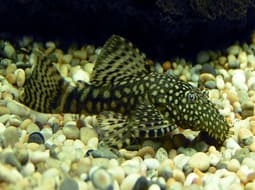
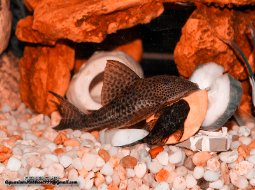
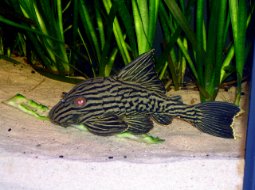


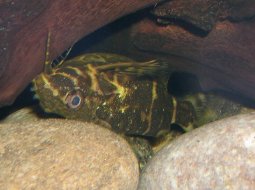
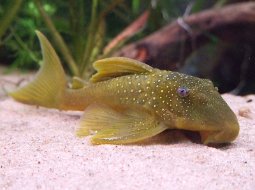
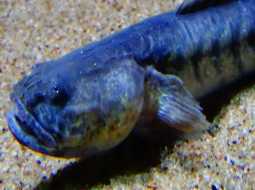
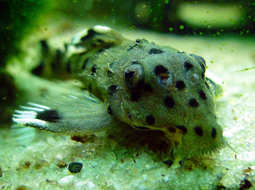

.jpg)
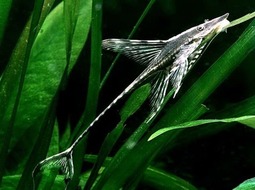
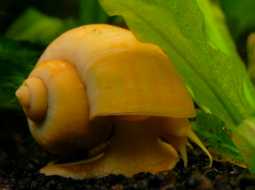

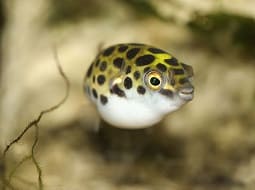
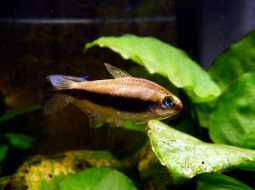


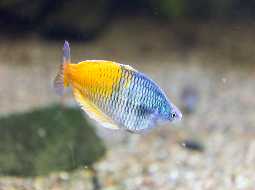

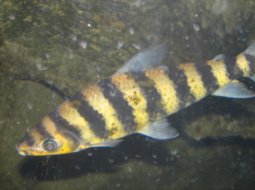
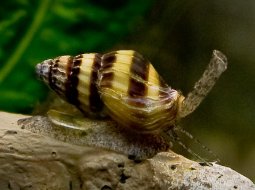

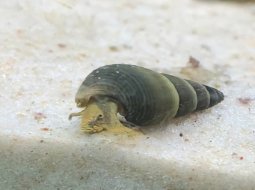



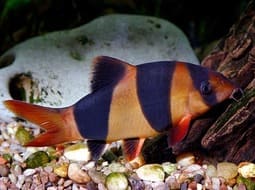
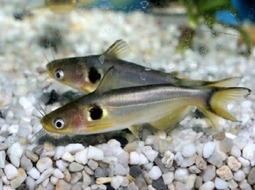
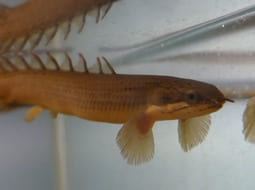
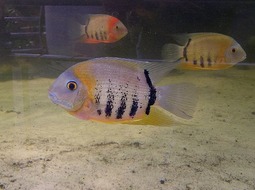
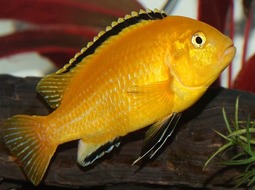
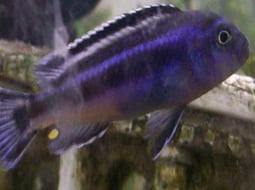
.jpg)
